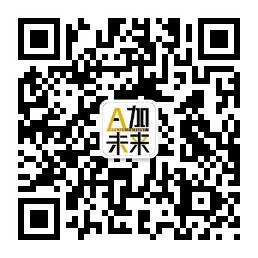IB論文(EE)輔導課程
?
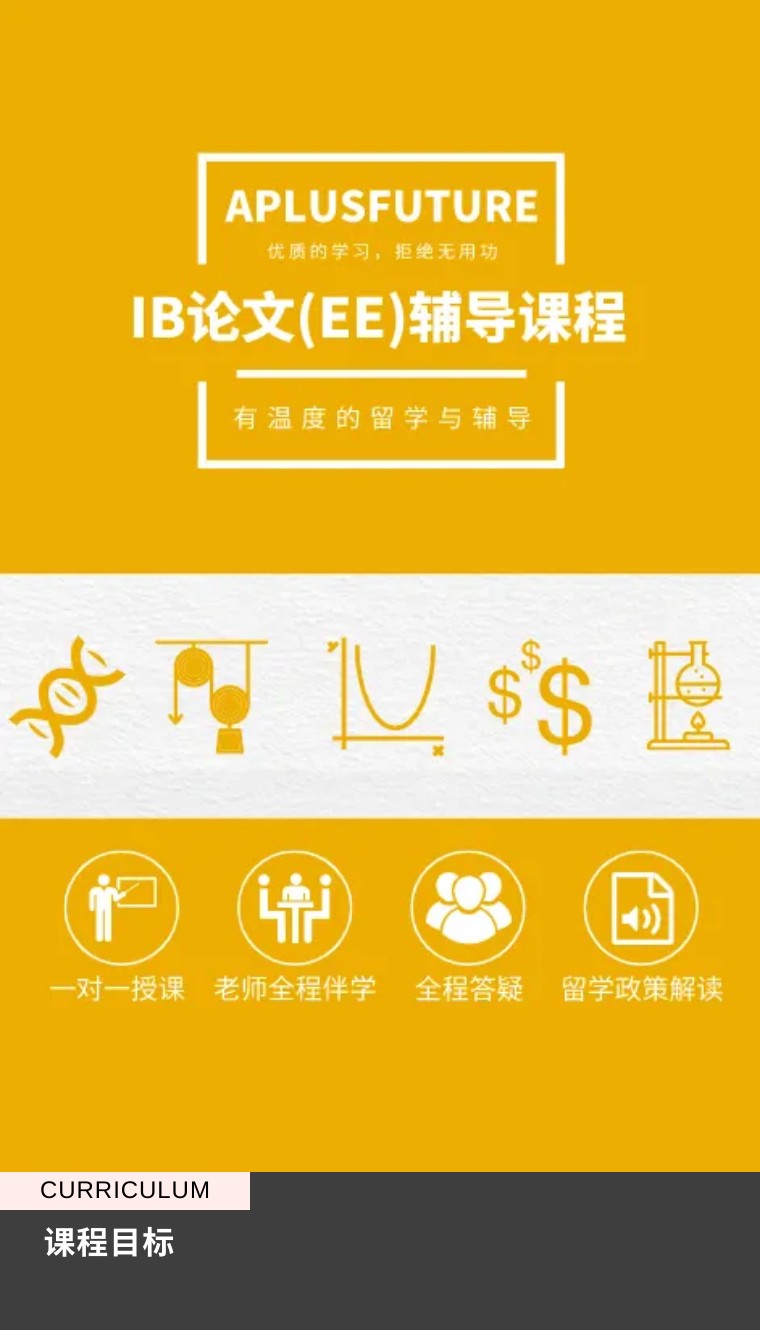
It is an independent piece of research, culminating with a 4,000-word paper.

IB論文(EE)的測試形式通常是以論文寫作為主。但各個等級不同。如下:
Grade A
Demonstrates: effective research skills resulting in a well-focused and appropriate research question that can be explored within the scope of the chosen topic; effective engagement with relevant research areas, methods and sources; excellent knowledge and understanding of the topic in the wider context of the relevant discipline; the effective application of source material and correct use of subject-specific terminology and/or concepts further supporting this; consistent and relevant conclusions that are proficiently analysed; sustained reasoned argumentation supported effectively by evidence; critically evaluated research; excellent presentation of the essay, whereby coherence and consistency further support the reading of the essay; present and correctly applied structural and layout elements. Engagement with the process is conceptual and personal, key decision-making during the research process is documented, and personal reflections are evidenced, including those that are forward-thinking.
Grade B
Demonstrates: appropriate research skills resulting in a research question that can be explored within the scope of the chosen topic; reasonably effective engagement with relevant research areas, methods and sources; good knowledge and understanding of the topic in the wider context of the relevant discipline; a reasonably effective application of source material and use of subject-specific terminology and/or concepts; consistent conclusions that are accurately analysed; reasoned argumentation often supported by evidence; research that at times evidences critical evaluation; a clear presentation of all structural and layout elements, which further supports the reading of the essay.
Engagement with the process is generally evidenced by the reflections and key decision-making during the research process is documented.
Grade C
Demonstrates: evidence of research undertaken, which has led to a research question that is not necessarily expressed in a way that can be explored within the scope of the chosen topic; partially effective engagement with mostly appropriate research areas, methods and sources—however, there are some discrepancies in those processes, although these do not interfere with the planning and approach; some knowledge and understanding of the topic in the wider context of the discipline, which is mostly relevant; the attempted application of source material and appropriate terminology and/or concepts; an attempted synthesis of research results with partially relevant analysis; conclusions partly supported by the evidence; discussion that is descriptive rather than analytical; attempted evaluation; satisfactory presentation of the essay, with weaknesses that do not hinder the reading of the essay; some structural and layout elements that are missing or are incorrectly applied.
Engagement with the process is evidenced but shows mostly factual information, with personal reflection mostly limited to procedural issues.
Grade D
Demonstrates: a lack of research, resulting in unsatisfactory focus and a research question that is not answerable within the scope of the chosen topic; “at times engagement with appropriate research, methods and sources, but discrepancies in those processes that occasionally interfere with the planning and approach; some relevant knowledge and understanding of the topic in the wider context of the discipline, which are at times irrelevant; an attempted application of source material, but with inaccuracies in the use of, or underuse of, terminology and/or concepts; irrelevant analysis and inconsistent conclusions as a result of a descriptive discussion; a lack of evaluation; presentation of the essay that at times is illogical and hinders the reading; structural and layout elements that are missing.
Engagement with the process is evidenced but is superficial, with personal reflections that are solely narrative and concerned with procedural elements
Grade E
Demonstrates: an unclear nature of the essay; a generally unsystematic approach and resulting unfocused research question; limited engagement with limited research and sources; generally limited and only partially accurate knowledge and understanding of the topic in the wider context of the relevant discipline; ineffective connections in the application of source material and inaccuracies in the terminology and/or concepts used; a summarizing of results of research with inconsistent analysis; an attempted outline of an argument, but one that is generally descriptive in nature; a layout that generally lacks or incorrectly applies several layout and structural elements.
Engagement with the process is limited, with limited factual or decision-making information and no personal reflection on the process.
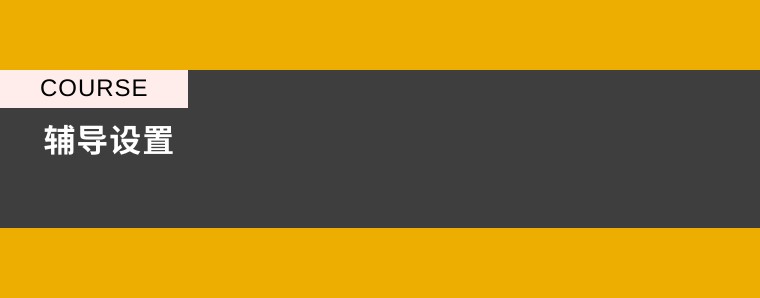
IBEE01
內容:Topic selection.
課程目的:Providing step-by-step guide for Topic selection, general rules and Writing standards,與學員進行第1次的選題,介紹所有題目的詳細背景,了解學員的情況,介紹IA基本規則
輸出結果:為下一步課程做前期準備
完成主體:學生與導師共同完成
IBEE02
內容:Conventional discussion
課程目的:Introduce students to the concept of EE essay Skills and explore which aspect shall be considered and what kind of background information shall be collected.介紹EE寫作章法, 并與學生共同制定寫作方向以及內容, 介紹該方向的背景資料
輸出結果:形成初步稿件
完成主體:學生與導師共同完成
IBEE03
內容:Mind Map
課程目的:Explore the concept of mind Map. begin to understand and draw the mind map for the EE.了解思維導圖并為所選擇的題目進行思維導圖的構建,為EE做寫作大綱的制定
輸出結果:寫作大綱制定
完成主體:學生與導師共同完成
IBEE04
內容:Essay guide
課程目的:Help student to form the EE essay with logical diversity 幫助學生進行改稿與邏輯寫作的輔導
輸出結果:寫作部分 Writing
完成主體:學生與導師共同完成
IBEE05
內容:Proof Read
課程目的:Finalizing the last version of EE with grammatical correction 考綱要求規范文體,語法糾錯
輸出結果:最終定稿
完成主體:導師完成
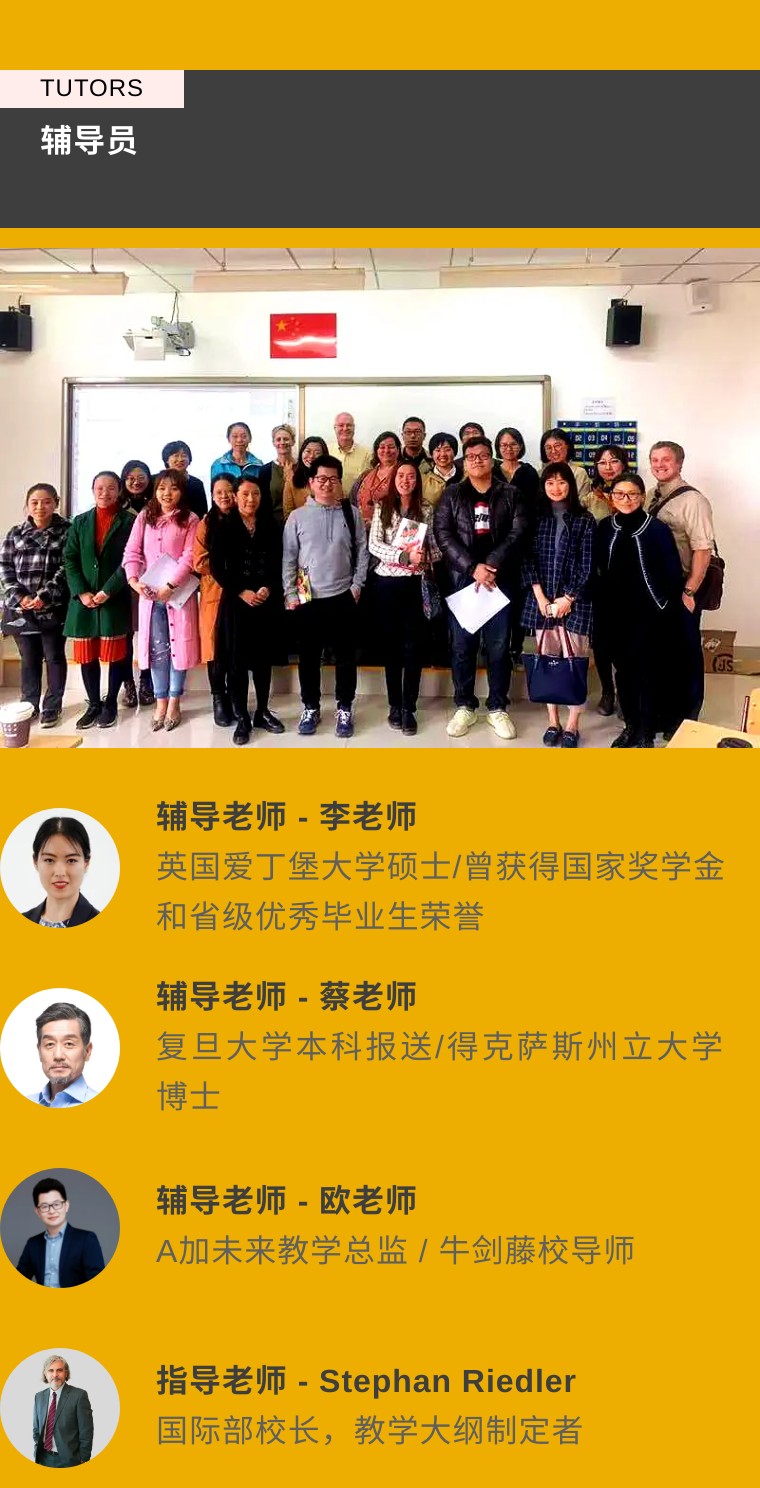
A加未來的課程輔導已經達到非常高的水平, A加未來顧問團隊成員與課程導師對課程的考綱,測評重點與課程實時同步。在歷年的考試中均有優異的成績!
輔導老師擁有多年的輔導背景,有著豐富的教學經驗。 輔導老師負責學生整體的課程以及專項提高。

-
學生需要具備一定的語言溝通能力
-
學生能夠清晰的明確輔導方向
-
能夠配合老師完成輔導目的

-
學生不能選擇同一時間段的兩門或以上輔導內容否則會導致時間沖突。
-
本輔導內容設有參與人數的下限、上限。人數達到上限后,該輔導則無法選擇,參與人數未達到人數下限,則不能輔導。A加未來享有對此類留學輔導課的開設與否的最終解釋權。
-
設置、管理、評定等由A加留學服務委員會進行監督。輔導質量評估委員會由留學中心負責、總監、講師組成,保障輔導環節的科學性及嚴謹性。
-
學生必須簽署A加未來留學或留學課程輔導合同,并遵守合同中所列事項
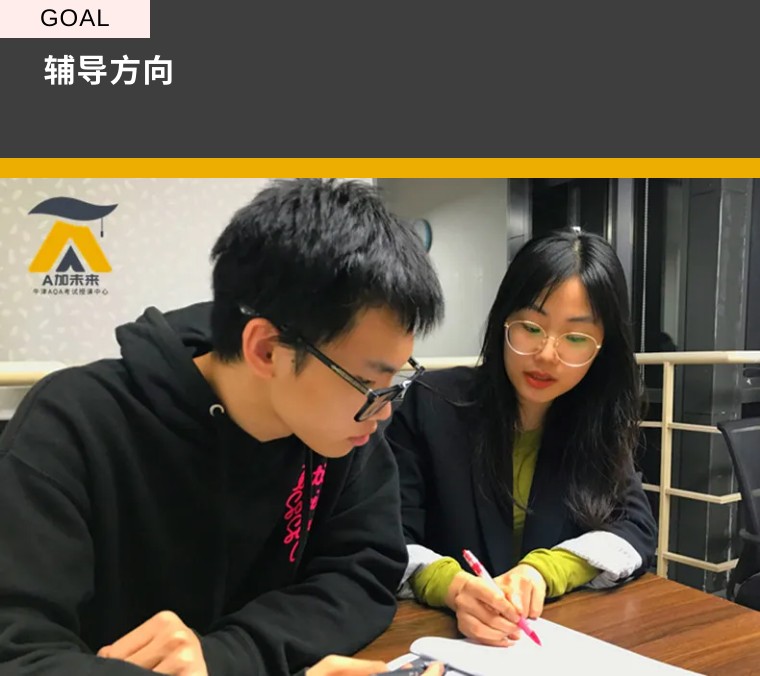
課程內容100%覆蓋考綱,重點難點全方位解析
1、我們通過對近10年真題進行全面分析統計,總結出分值占比最大、失分率較高的考點,以此設計出30小時的課程安排。
2、突出重點,強化難點,以滿足同學在較短時間可以有最大限度的查漏補缺的需求。
3、學生完成本課程后將對80%以上的考試內容,100%的考試重點、難點有更清晰、深層次的理解。
4、課程搭配的練習題80%以上采用歷年考試的真題,完全切合真正考試的方向和難度,學生將在課程學習后,進一步熟悉考試大綱、掌握考試重點、難點知識內容。

?
上一篇:IB論文(TOK)輔導課程




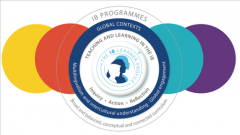




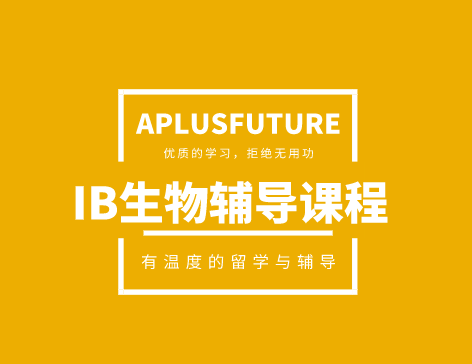

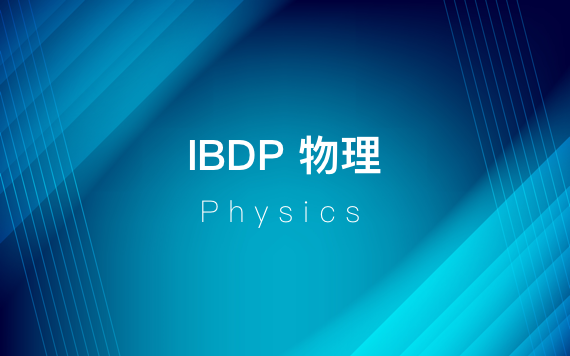
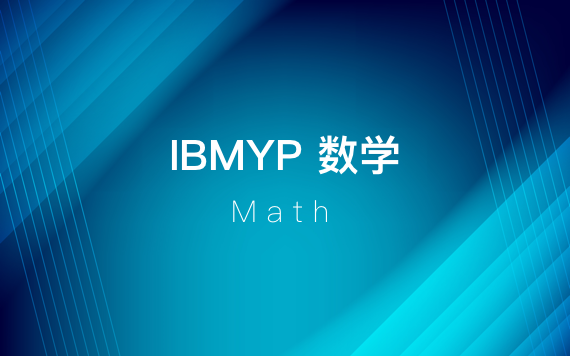
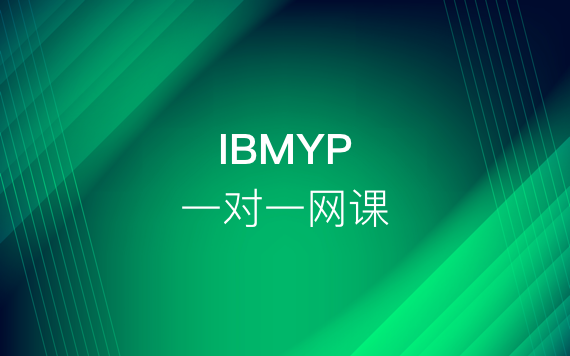

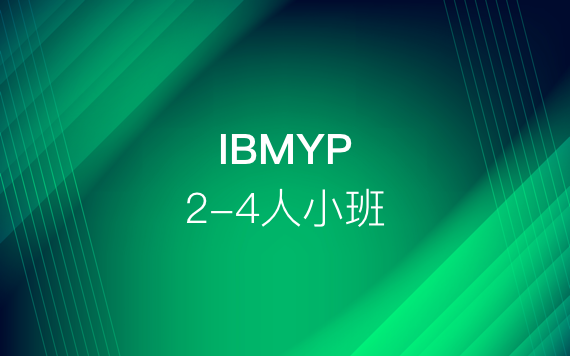






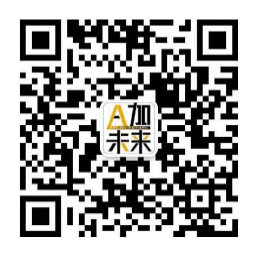

 免費電話
免費電話 